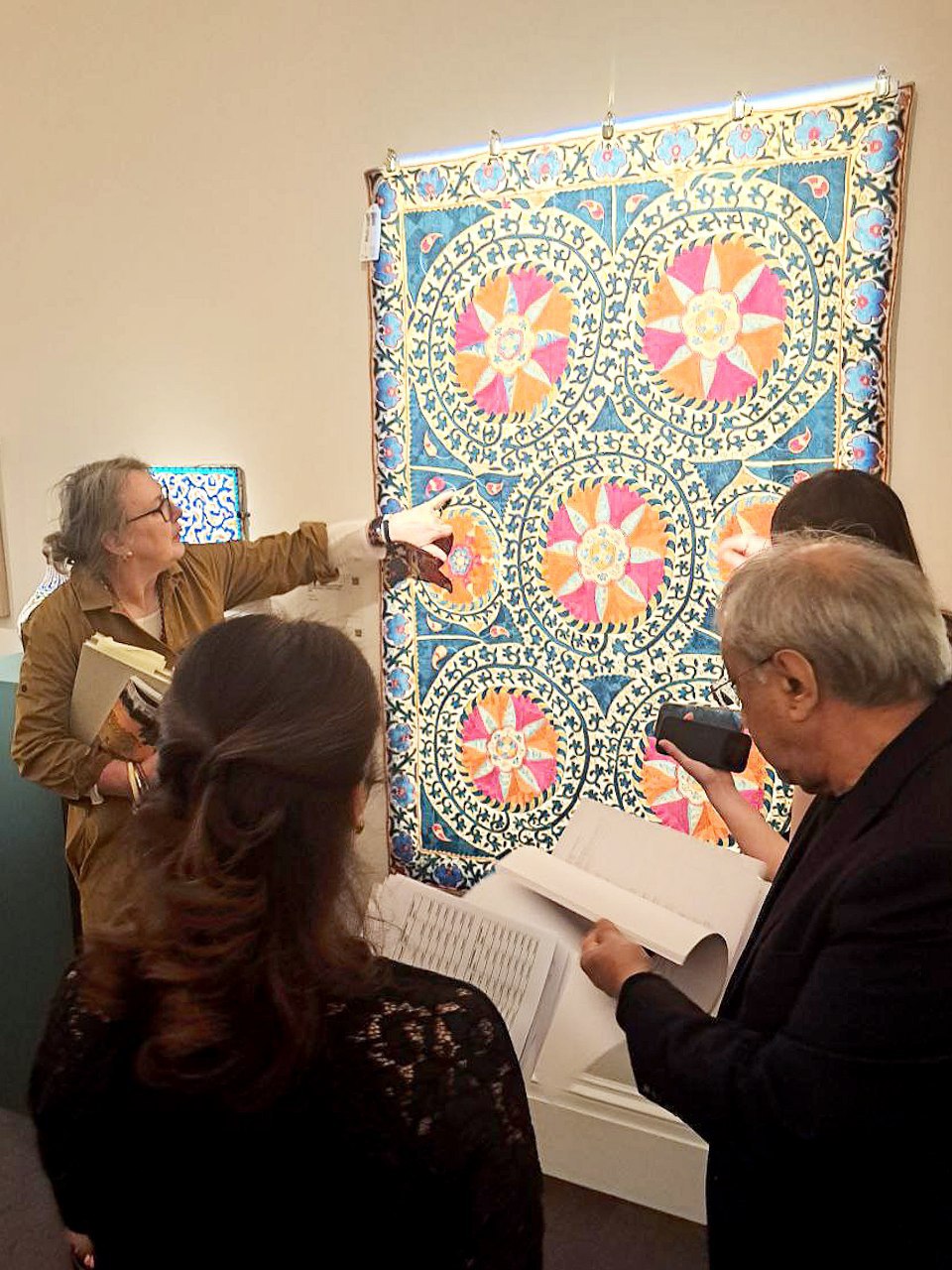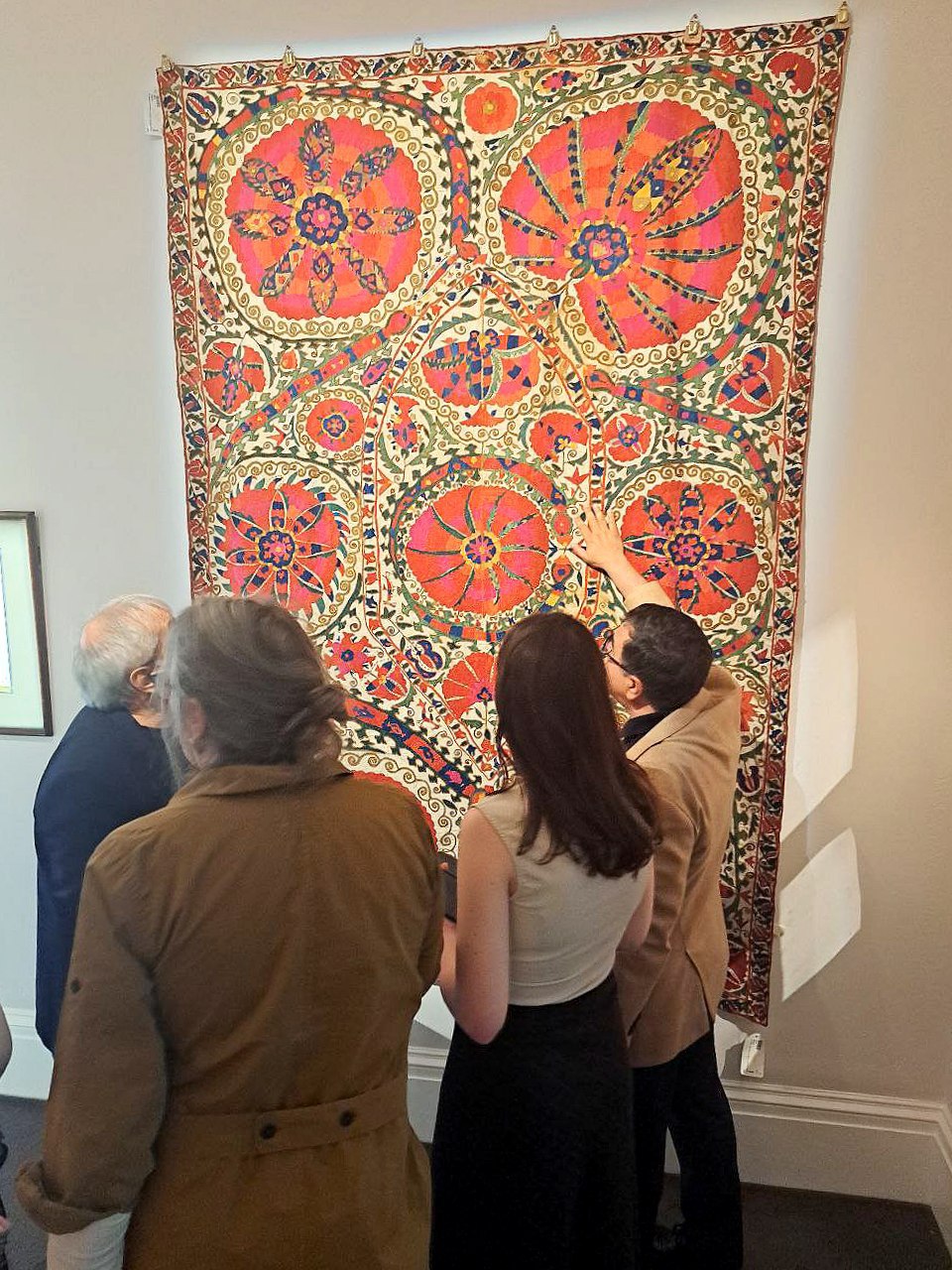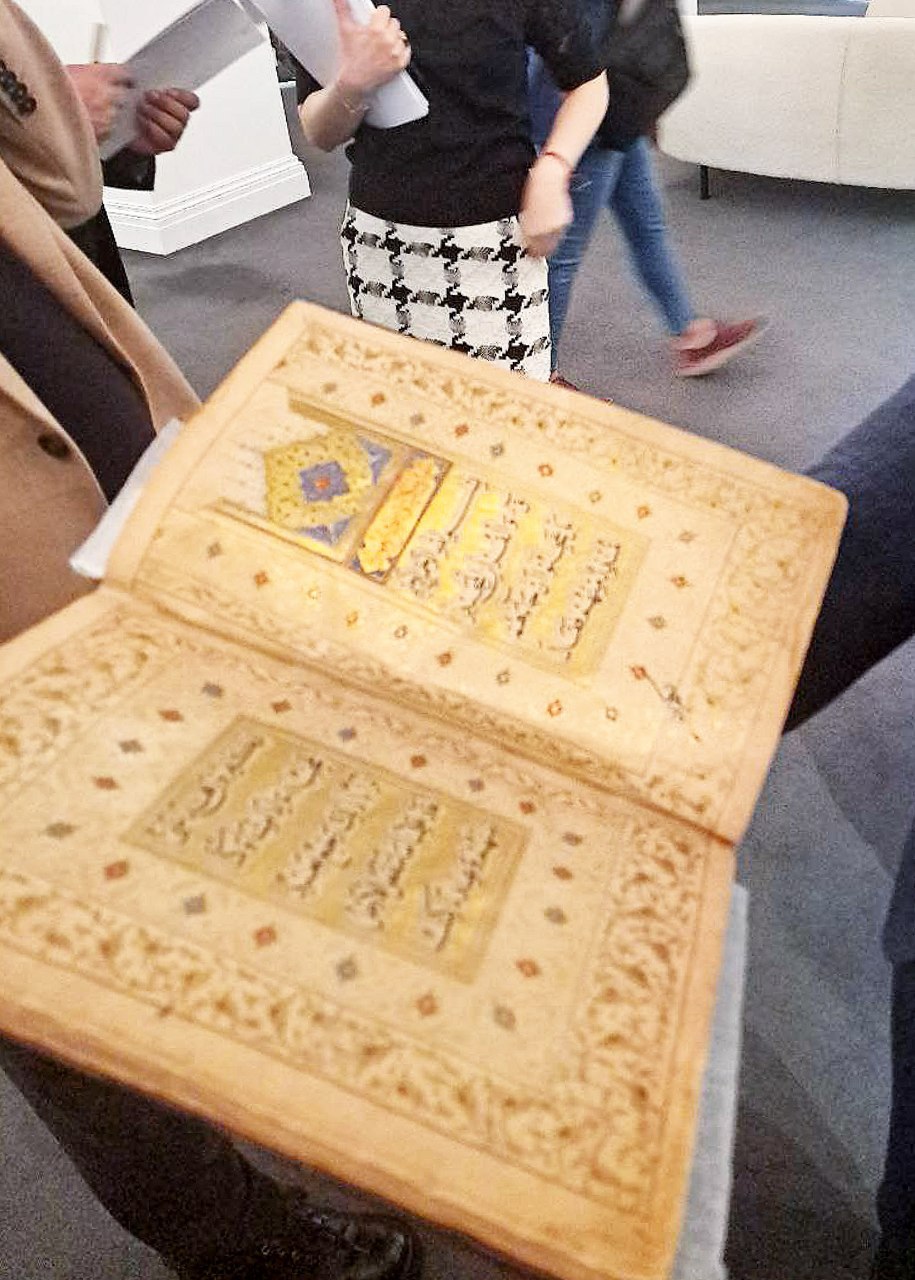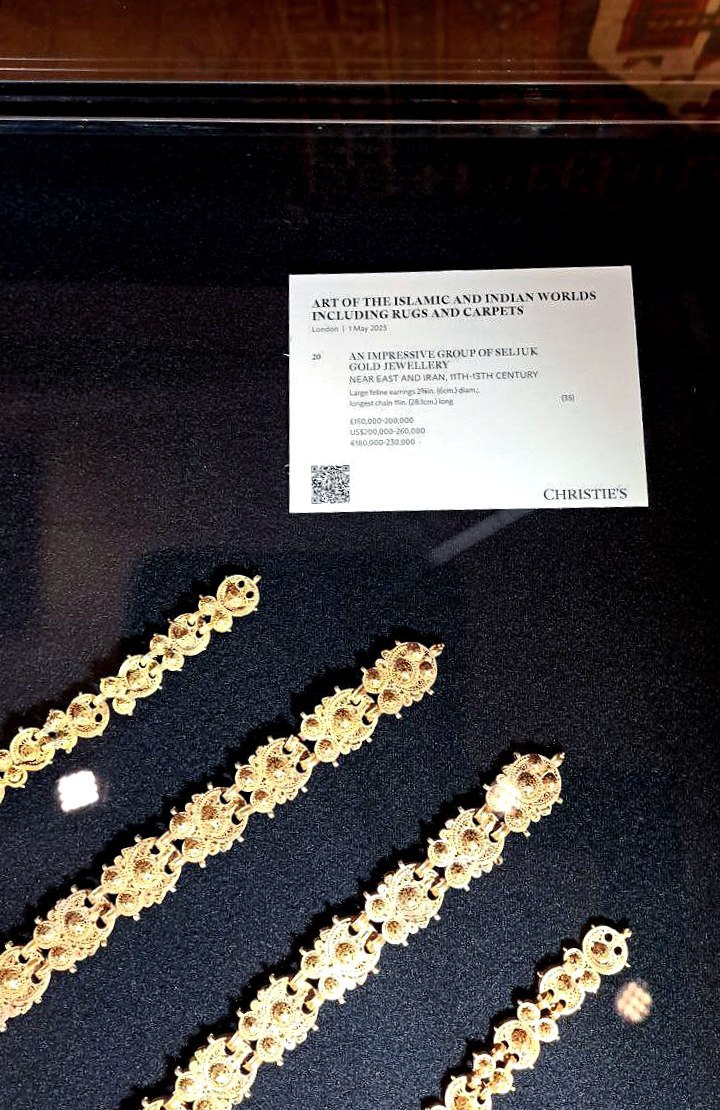Cultural Heritage of Uzbekistan at the World’s Leading Auction Houses
A delegation led by the head of the Center of Islamic Civilization in Uzbekistan visited the renowned auction houses Christie’s and Sotheby’s in London as part of a mission to explore and present Uzbekistan's cultural heritage.
During the visit to Christie’s, Sarah Plumbly, the head of the Islamic and Indian Art Department, briefly outlined the history and activities of the institution. The guests were introduced to rare exhibits and works of art, including a manuscript of "Khamsa" by Khoja Kermani, copied in 1524, and the poem "Shams va Mushtariy," copied in 1494 by Shamsuddin Muhammad Assor in Tabriz. Both manuscripts were created under the influence of the Timurid book art.
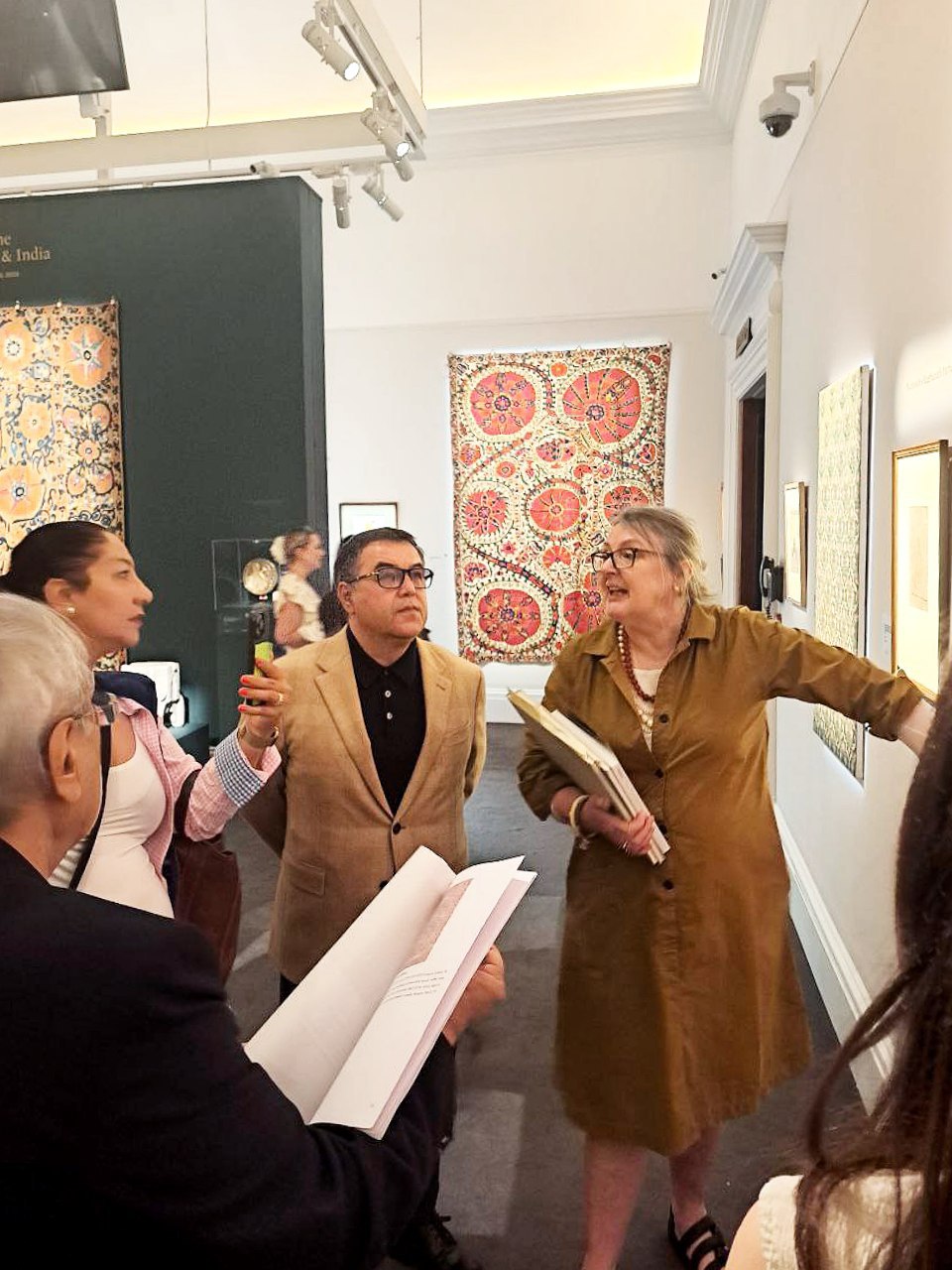
Additionally, works held in the auction house's collection, created on the territory of modern Uzbekistan, were shown, such as the "Shahnameh" by Ferdowsi, the "Khamsa" by Nizami Ganjavi, and the "Majma' ut-Tawarikh" by Hafiz-i Abru.
For reference: Christie’s was founded in 1766 by the English collector James Christie. It is now owned by French billionaire François Pinault. The auction house has offices in Paris, Milan, Moscow, New York, and other major cities. Christie’s conducts over 350 auctions per year across 80 categories.
The delegation then visited another prestigious London auction house, Sotheby’s. They were accompanied by Benedict Carter, the Head of Auction Sales, and Mariam Farhodi, a member of the Islamic Art Department.
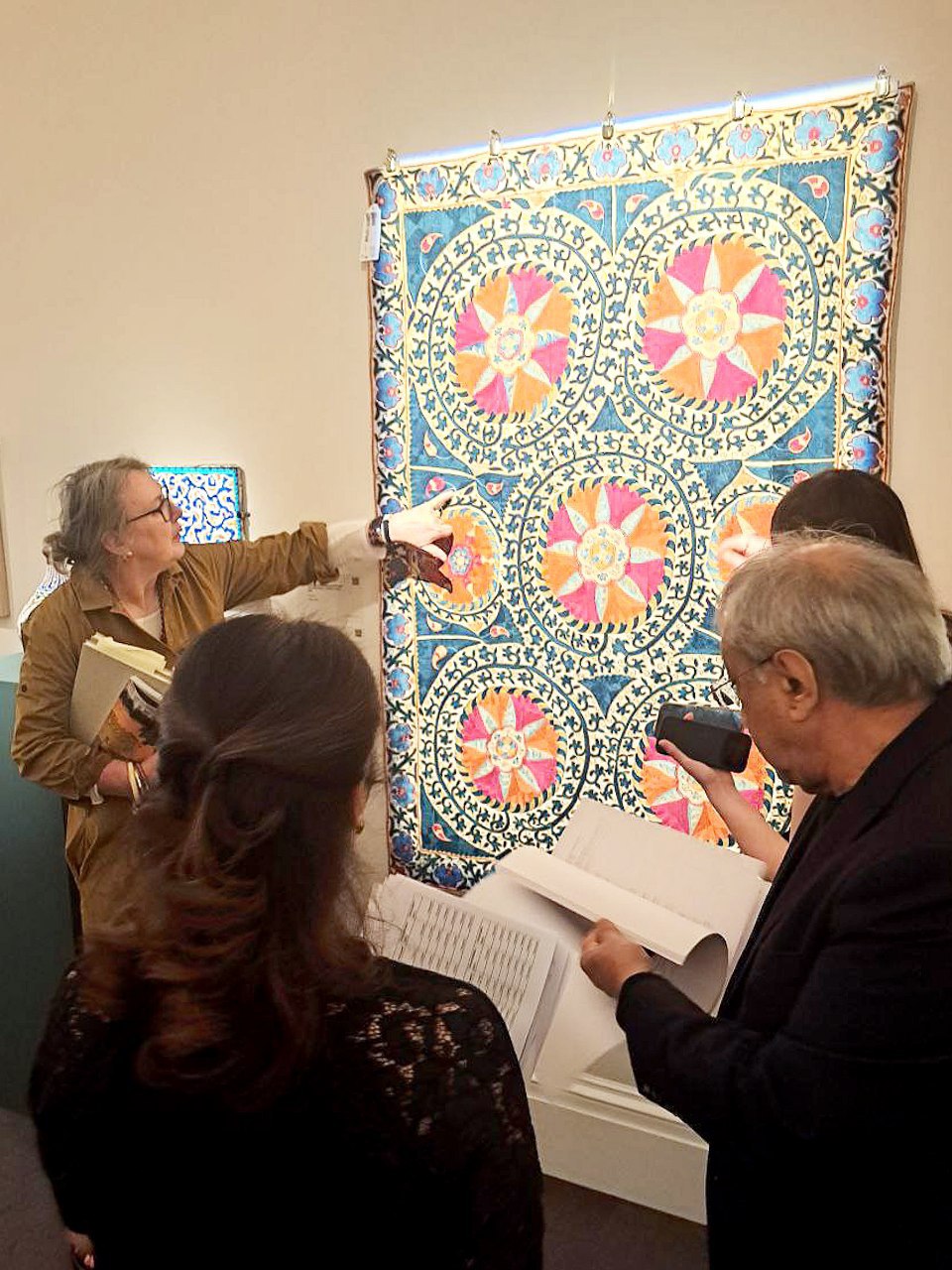
For reference: Sotheby’s is one of the largest auction houses in the world, founded in 1744 by bookseller Samuel Baker. The company’s headquarters are in New York, with branches in over 10 countries. Sotheby’s annual turnover reaches $5 billion.
Sotheby’s staff informed the Uzbek delegation about valuable artifacts in the auction house's collection. These included 8th-century Sogdian clothing, Samani ceramics, a silver pitcher from the Karakhanids, ceramic tiles from ancient structures, Quran manuscripts from the Mamluks, Abbasids, Ilkhanids, and Timurids, examples of carpet weaving and embroidery created in Uzbekistan two to three centuries ago, as well as miniatures from the Baburid period.
The head of the Center of Islamic Civilization, Firdavs Abduxoliqov, proposed establishing cooperation with Christie’s and Sotheby’s in the fields of studying, preserving, and exhibiting Islamic and Uzbek cultural heritage.
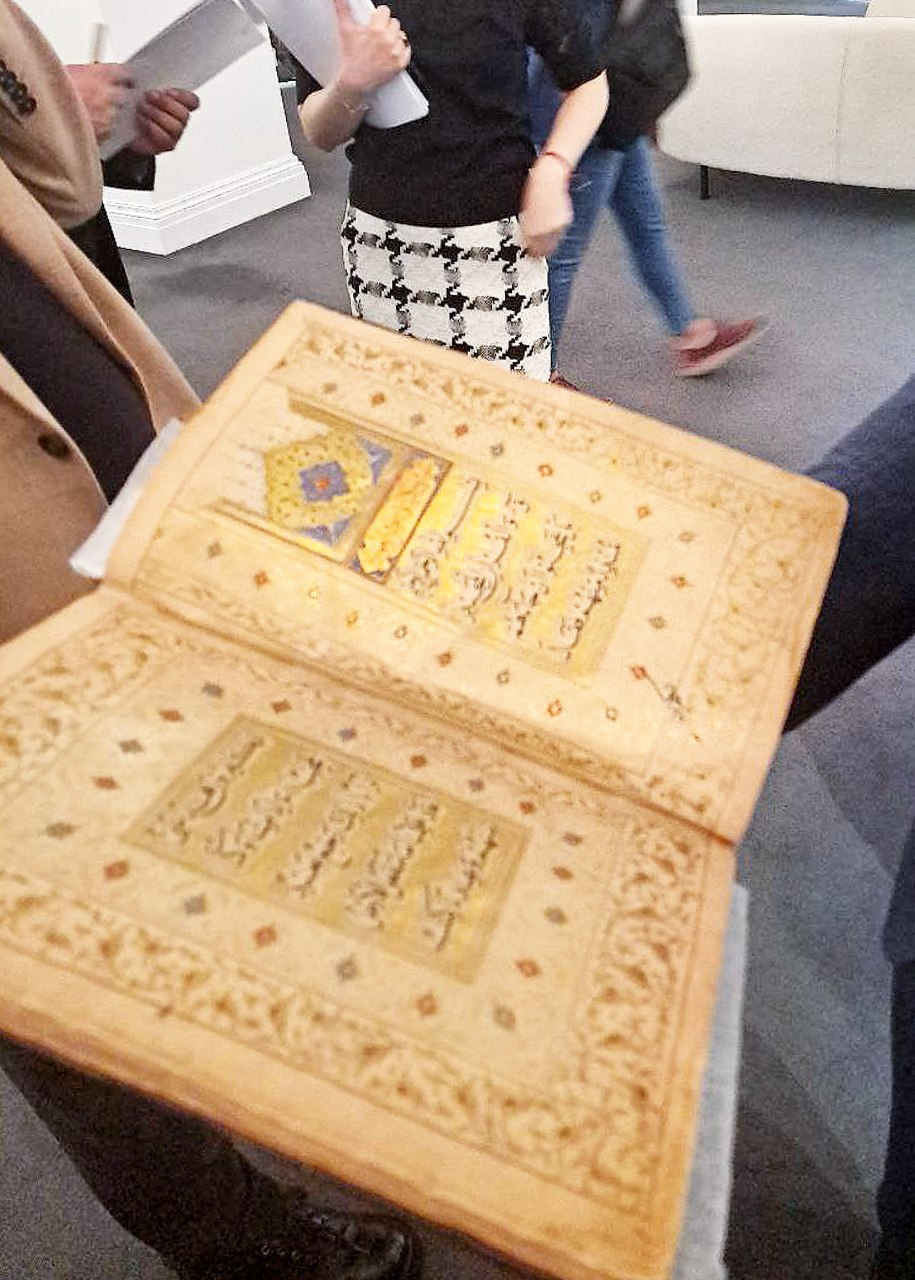
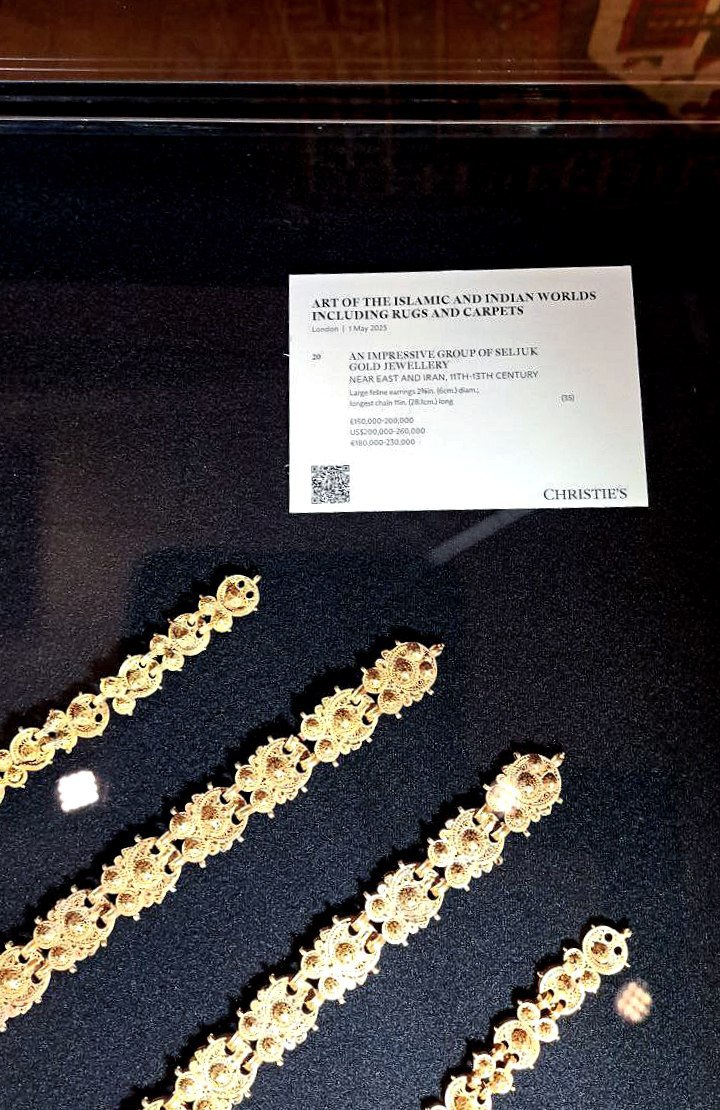
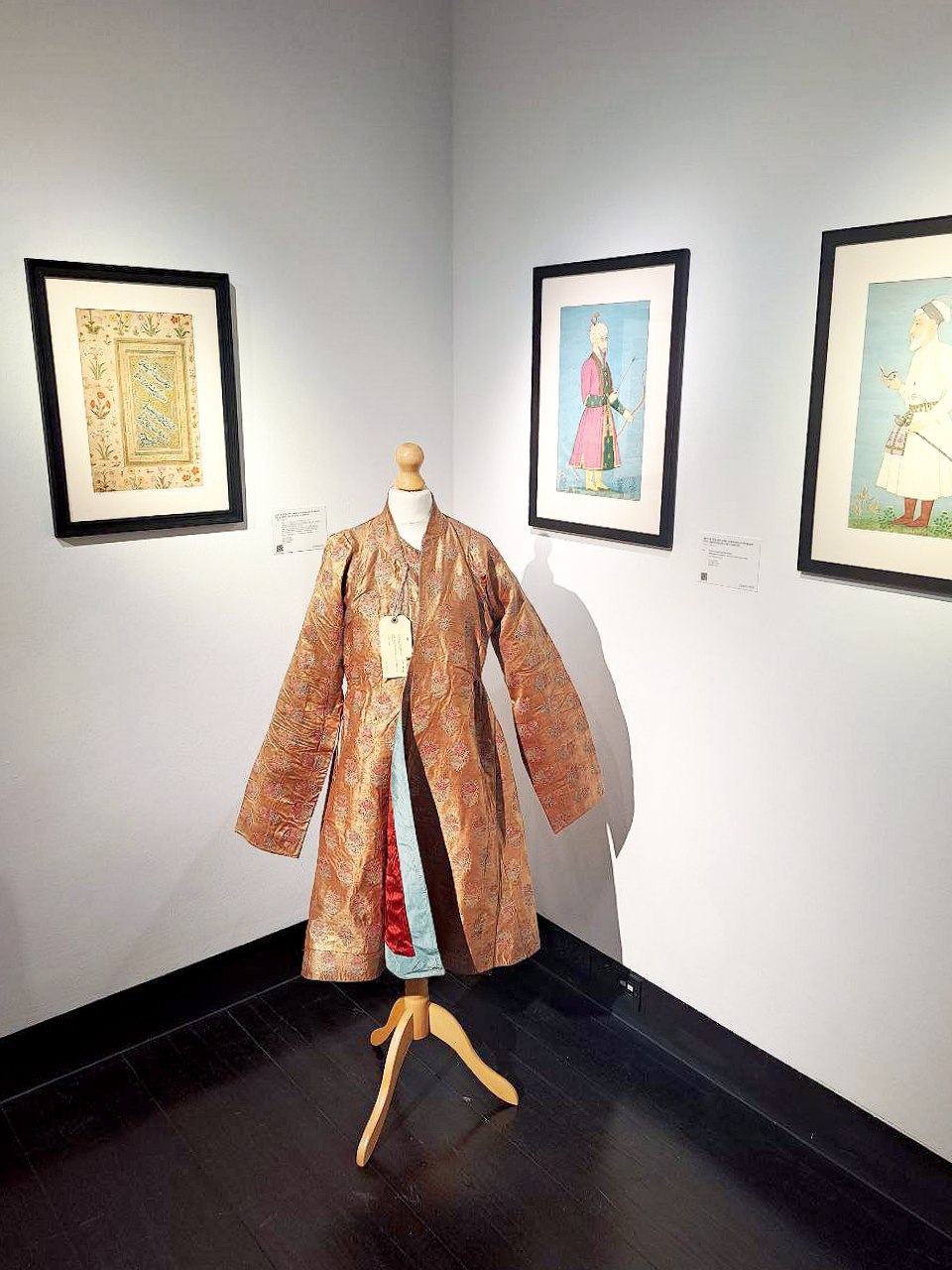
Most read

Over 100 experts from more than 20 countries of the world are in Tashkent!

President of Serbia Aleksandar Vučić visited the Islamic Civilization Center in Uzbekistan

The Center for Islamic Civilization – a global platform leading towards enlightenment












